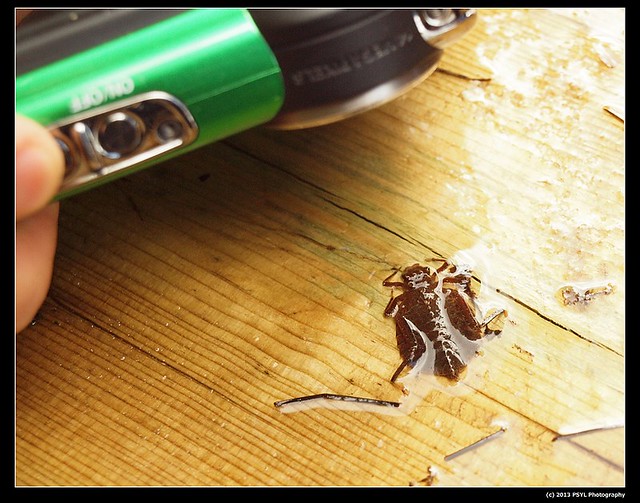
We found a very flat dragonfly larvae.
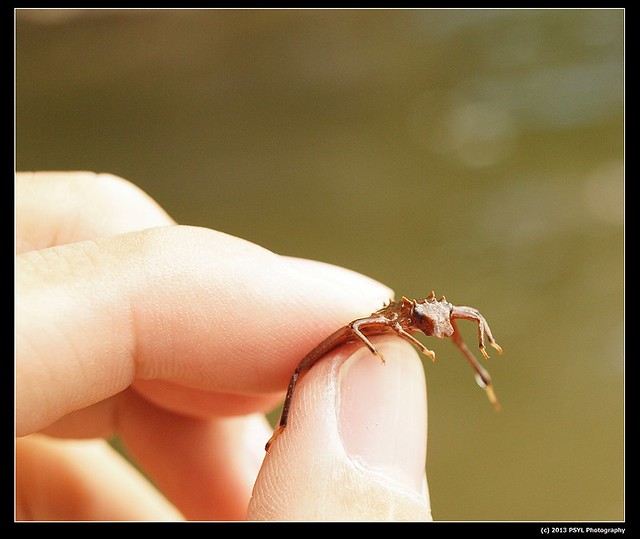
It is a Hagenius brevistylus (Dragonhunter) dragonfly nymph. There is only one member in the genus.
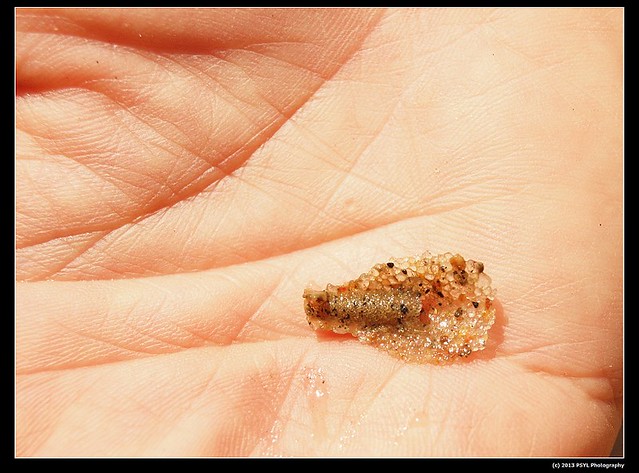
Caddisfly larvae casing made by Molanna sp. (Order Trichoptera).
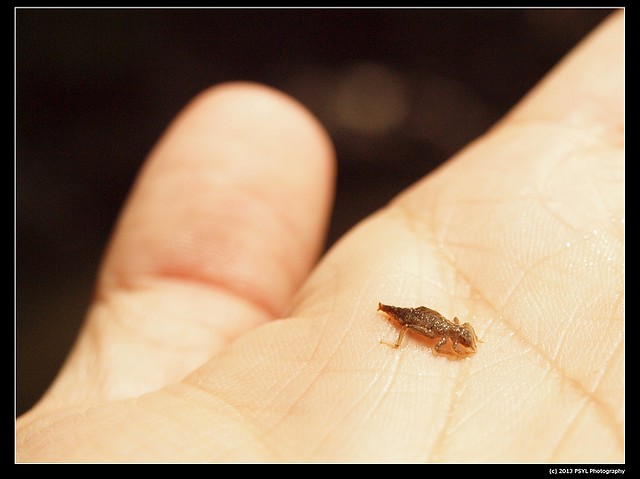
Gomphus sp. dragonfly nymph.

Unknown gooey mass - probably some egg mass.
Cute crayfish.
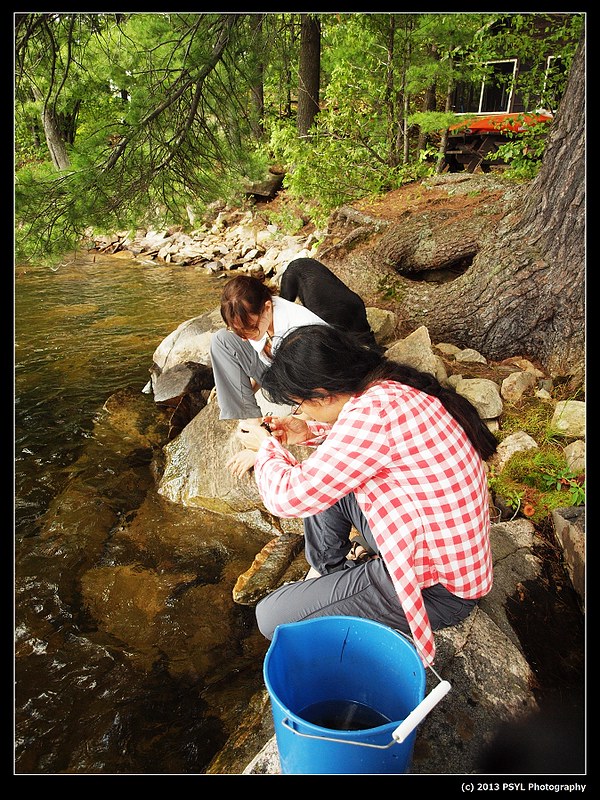
We sampled at six different locations along the shoreline.
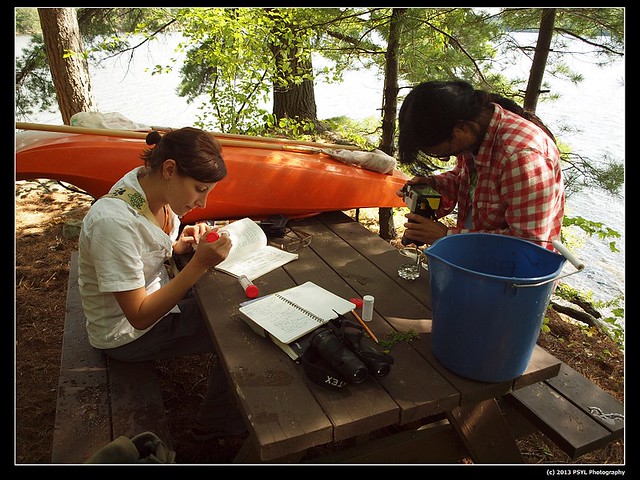
True biologists at work while I was documenting and photograph things.
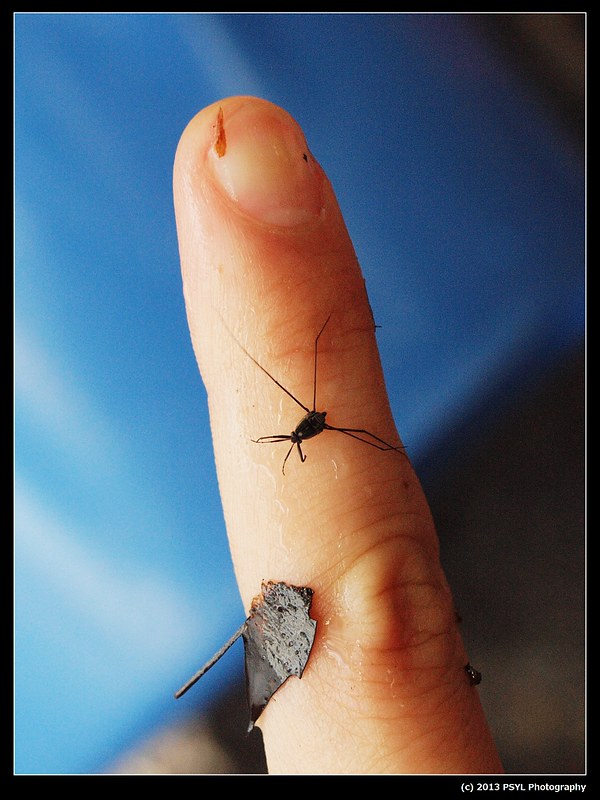
Some kind of water-strider. We guessed Mesovelia sp.

Two dragonfly nymphs - Epiaeschna sp. (dark with long appendages) on the right, and Gomphus sp. (pale with narrow spade-shape abdomen, flat head) on the left.
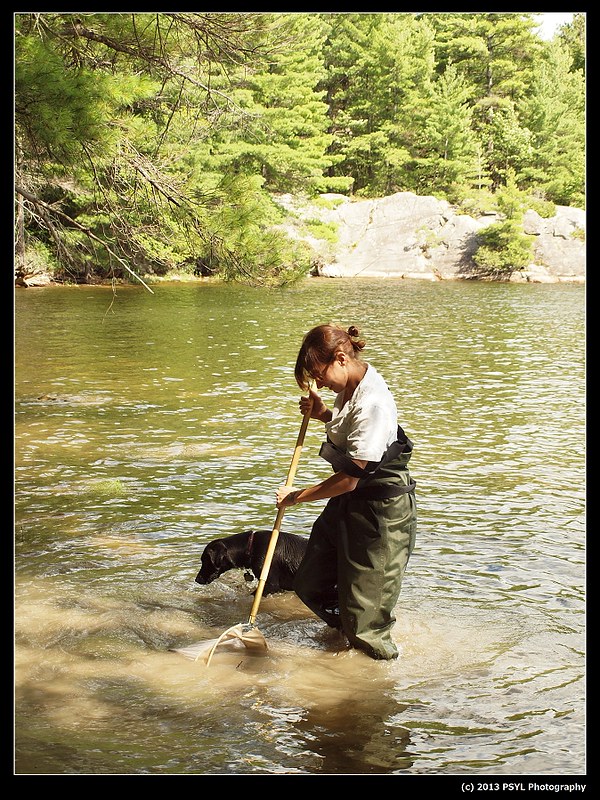
Another kicking-and-sweeping with added help from Bronte the dog.

Another kicking-and-sweeping with added help from Bronte the dog.
Cute mushrooms
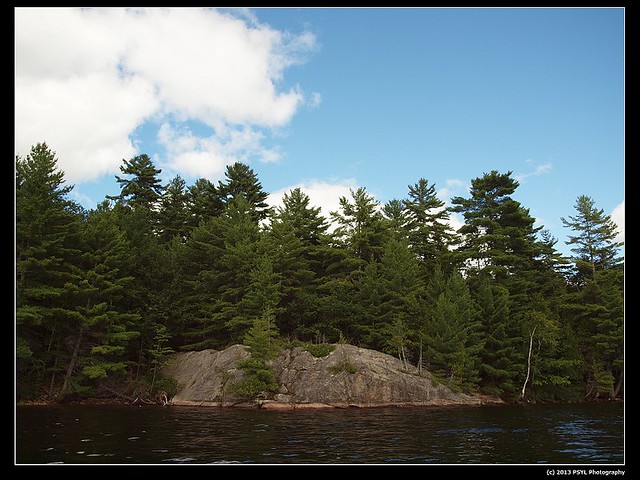
We then went canoeing in the afternoon. We swam around this rock after dinner.

Sagittaria latifolia, a species studied by my supervisor and his students.
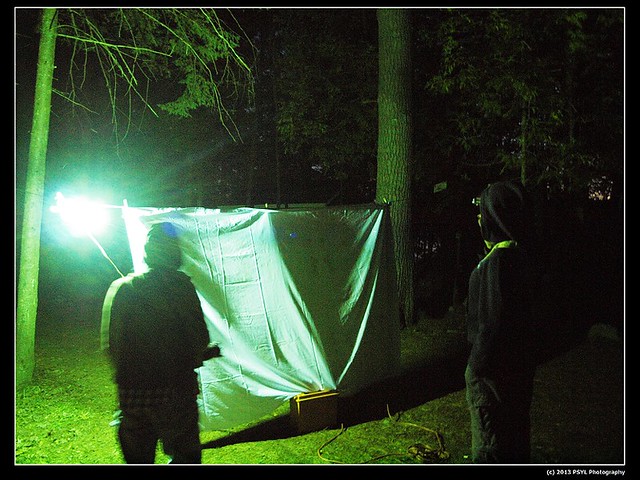
Initially we set the light next to the white sheet.
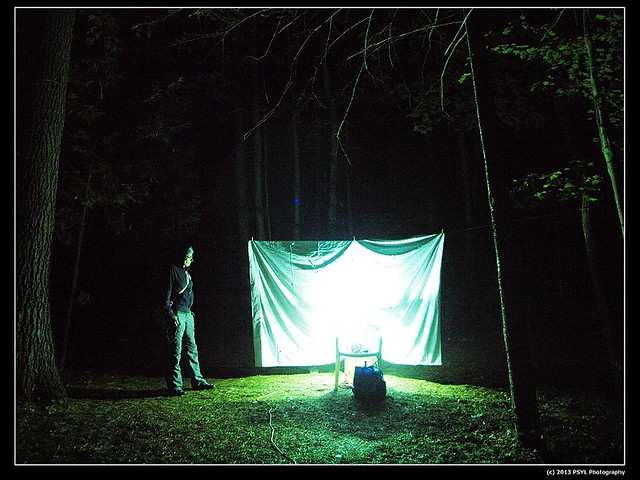
We then found that putting the light in front of the sheet worked much better.
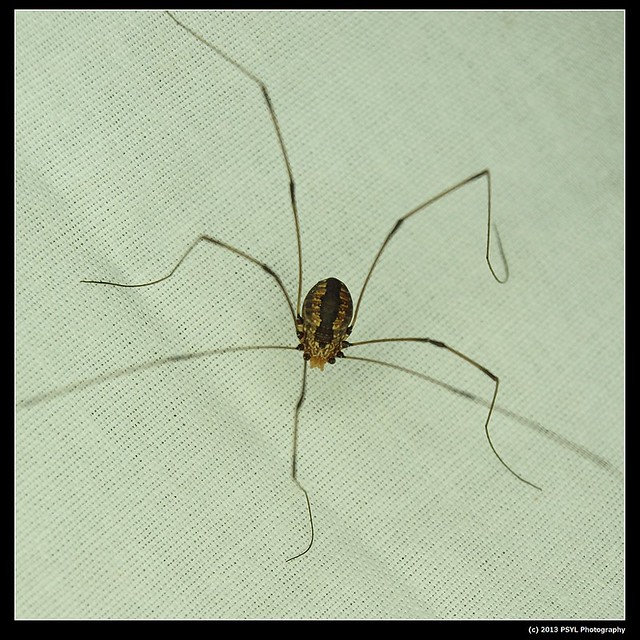
We also had a blacklight station which attracted a lot of Harvestman.

We then went canoeing in the afternoon. We swam around this rock after dinner.

Sagittaria latifolia, a species studied by my supervisor and his students.
In the evening, we set up moth-sampling stations and tried to photograph insects that were attracted to the lights. Hopefully I will get to the identifications soon, but for now, I am just putting up the photos.

Initially we set the light next to the white sheet.

We then found that putting the light in front of the sheet worked much better.

We also had a blacklight station which attracted a lot of Harvestman.
Caddisfly adult in the same family as above - BugGuide requested
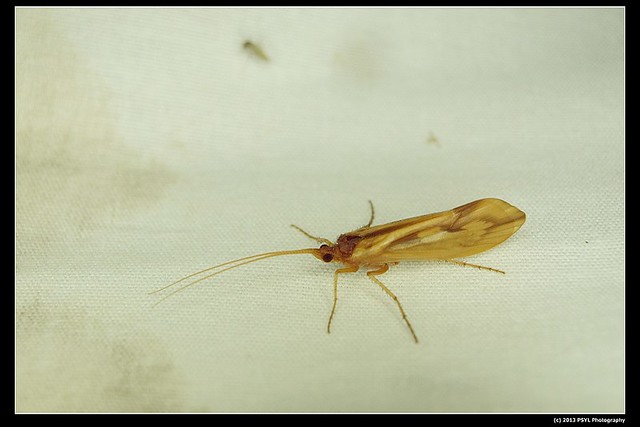
A Northern Caddisfliy (Family Limnephilidae) and probably a Platycentropus sp. - BugGuide requested

A Northern Caddisfliy (Family Limnephilidae) and probably a Platycentropus sp. - BugGuide requested
Same species as above - BugGuide requested
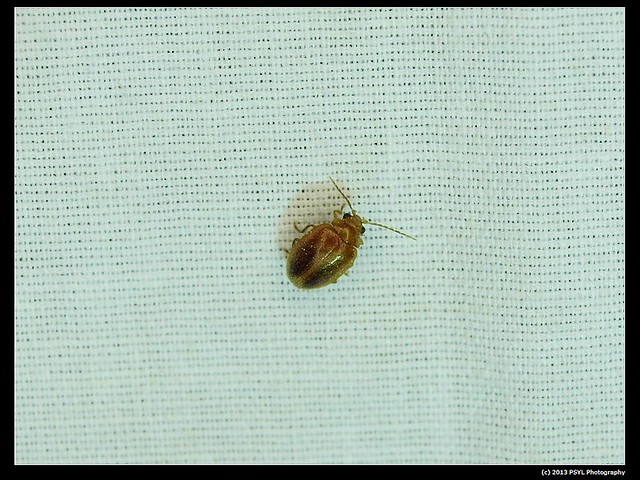
A marsh beetle (Prionocyphon limbatus) - BugGuide requested
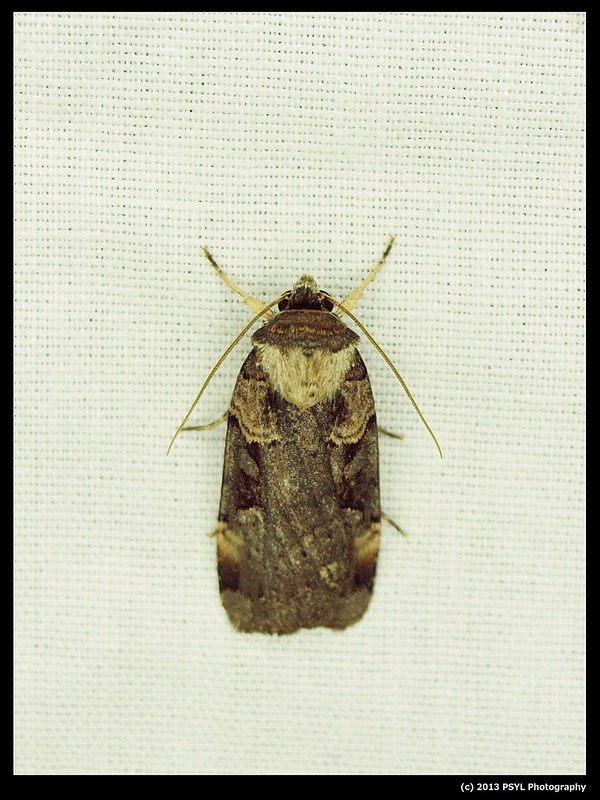
Unknown moth #1 - BugGuide requested [Edited: this looks like a Pink-Spotted Dart (Pseudohermonassa bicarnea).]
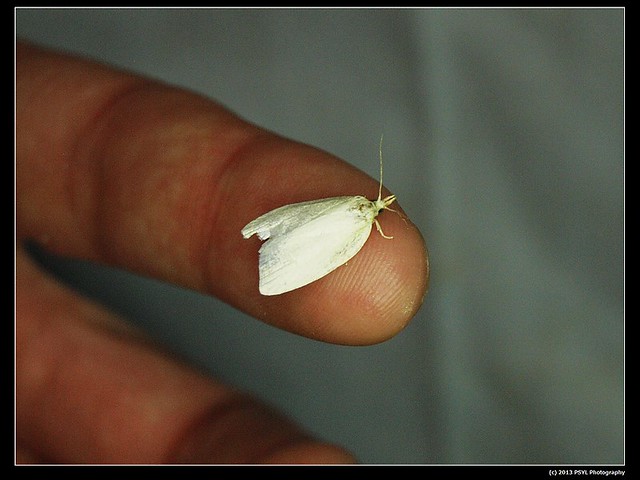
Unknown moth #2 - BugGuide requested. [Edited: this looks like a Maple Leafroller (Cenopis pettitana).]

A marsh beetle (Prionocyphon limbatus) - BugGuide requested

Unknown moth #1 - BugGuide requested [Edited: this looks like a Pink-Spotted Dart (Pseudohermonassa bicarnea).]

Unknown moth #2 - BugGuide requested. [Edited: this looks like a Maple Leafroller (Cenopis pettitana).]
Unknown moth #5 - BugGuide requested. [Edited: this looks like a Toothed Brown Carpet (Xanthorhoe lacustrata).]
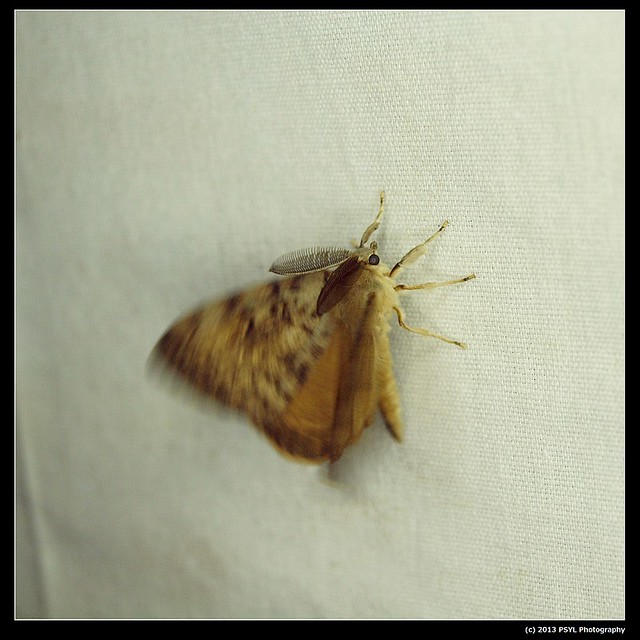
Unknown moth #6

Unknown moth #6
Unknown moth #7. We called this the Teddy Bear moth. [Edited: My friend identified it as Sigmoid Prominent (Clostera albosigma).]
Unknown moth #8 - BugGuide requested. [Edited: this looks like a Variable Zanclognatha (Zanclognatha laevigata).]
Unknown moth #9 - BugGuide requested. [Edited: this is a Lesser Maple Spanworm Moth - (Speranza pustularia)].
Unknown moth #12 - BugGuide requested. [Edited: this looks like a Reticulated Fruitworm (Cenopis reticulatana).]
Unknown moth #13 - BugGuide requested. [Edited: this looks like a Omnivorous Leafroller (Archips purpurana).]
We also went out to the dock in the dark and I experimented with taking photos of the Milky Way. To get as much light as one can into the photo, one needs to use the widest aperture (low f-value), highest (acceptable) ISO, and long exposure time.
This was taken at ISO 1600, 60 seconds, and f/3.5 with the kit lens.
This was at ISO 3200 (the highest on my camera), and the result was not very good (i.e., very noisy).
Irregardless of the poor image quality, I think this was my first time ever seeing the Milky Way.
It was a pretty awesome day where I got to hang out with like-minded people, learned new things from each other, and being outside all day.
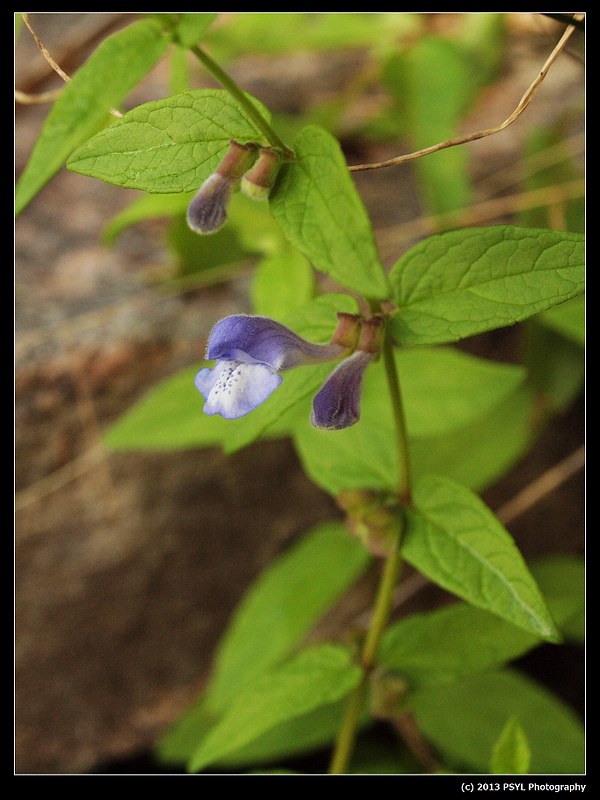
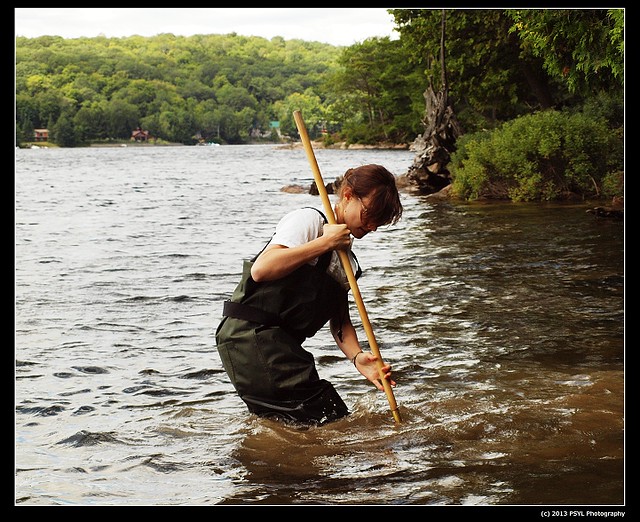
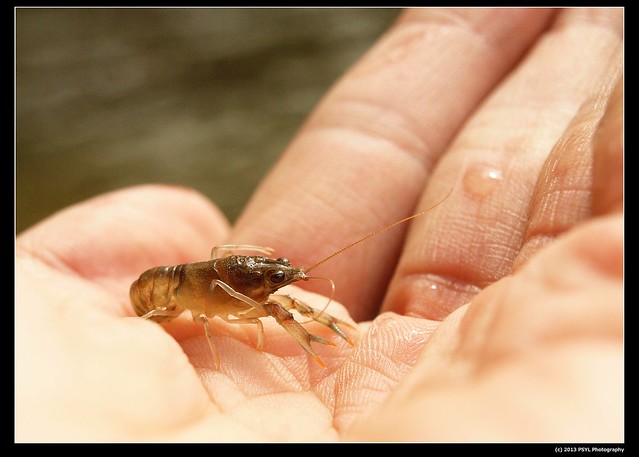
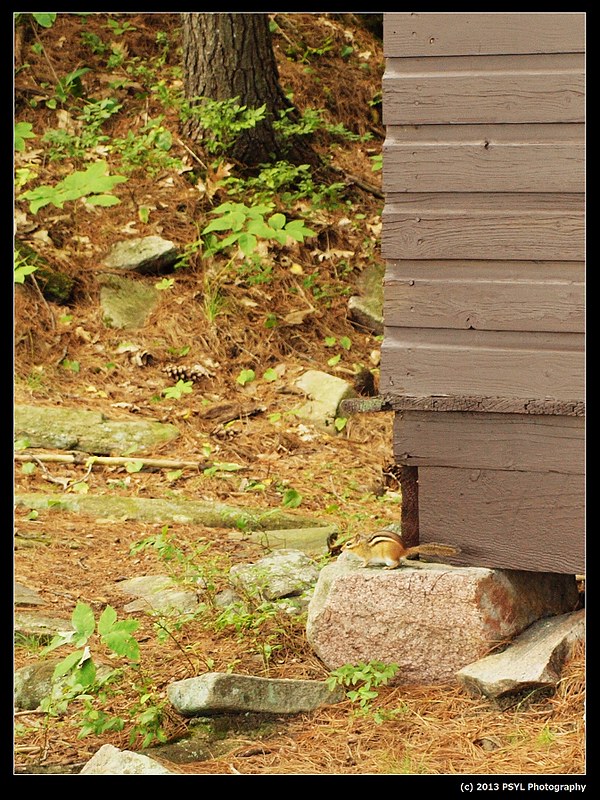
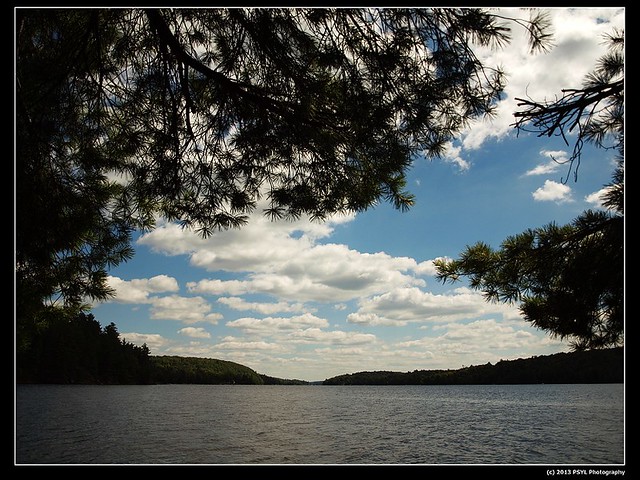
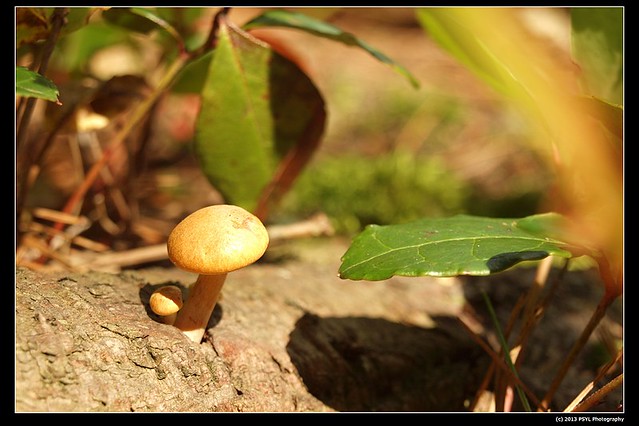
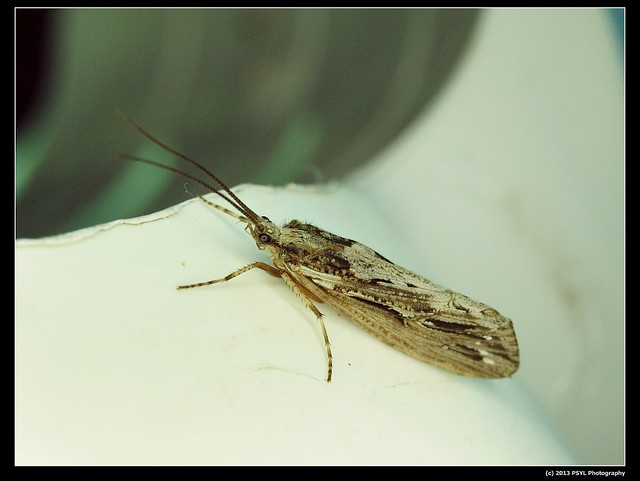
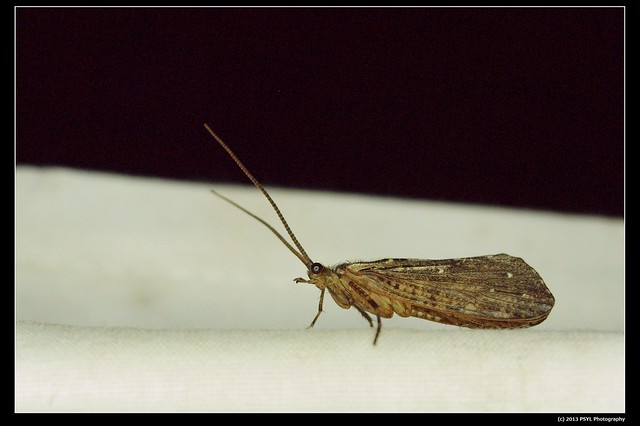
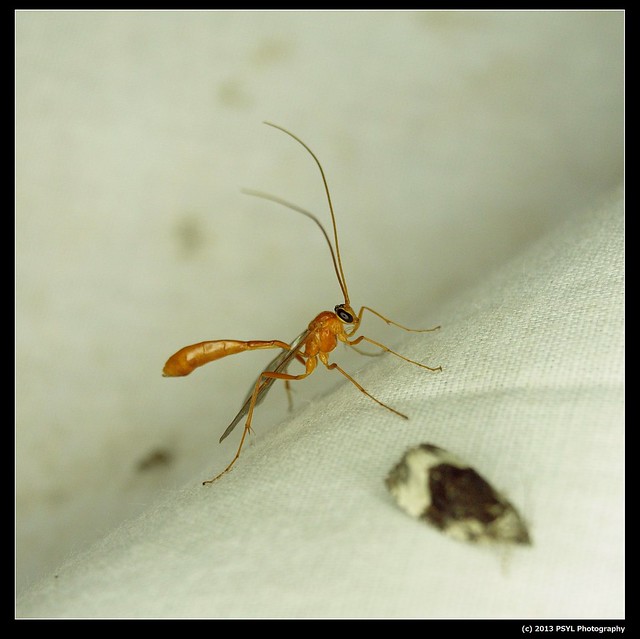
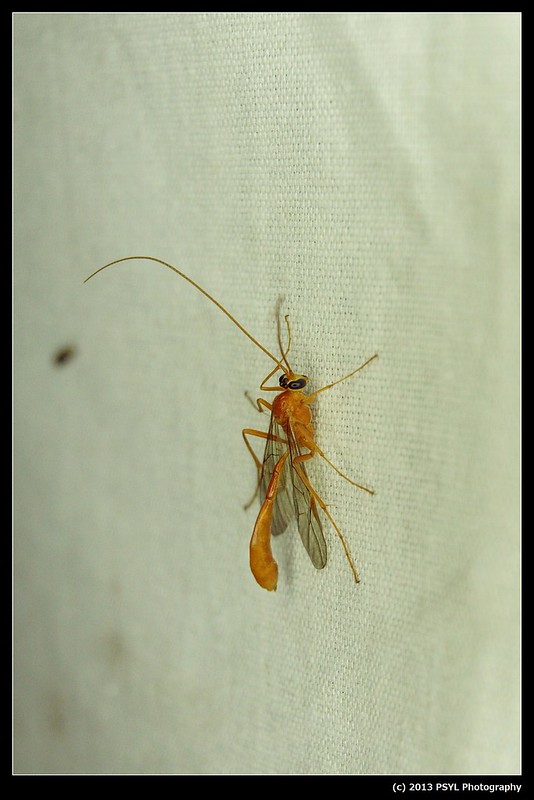

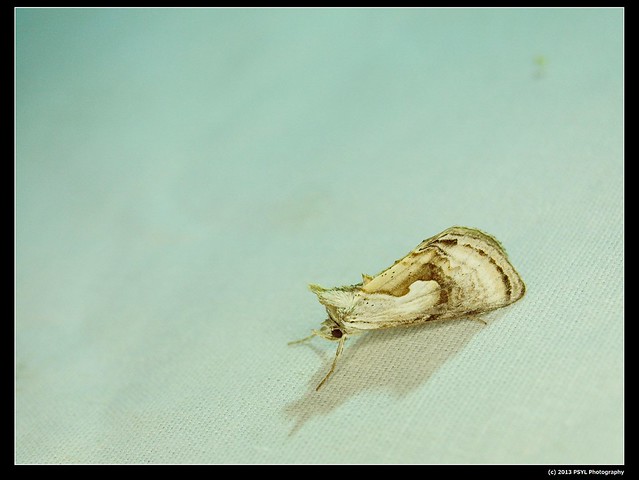
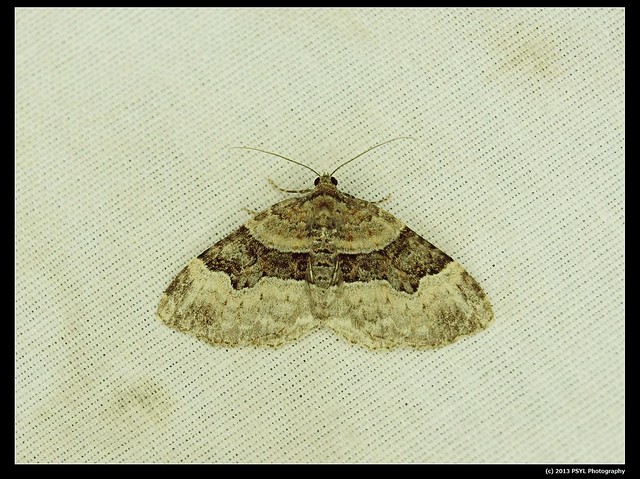
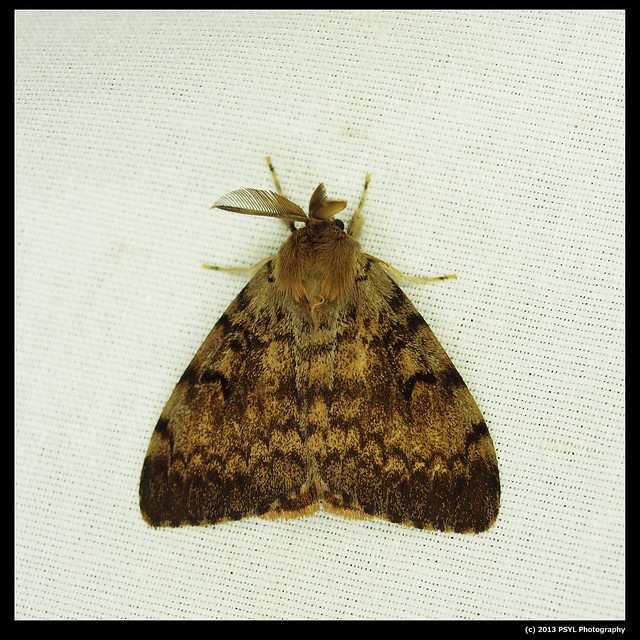
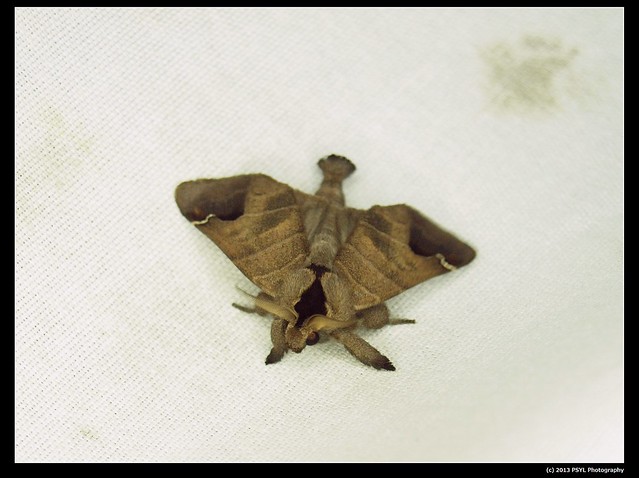
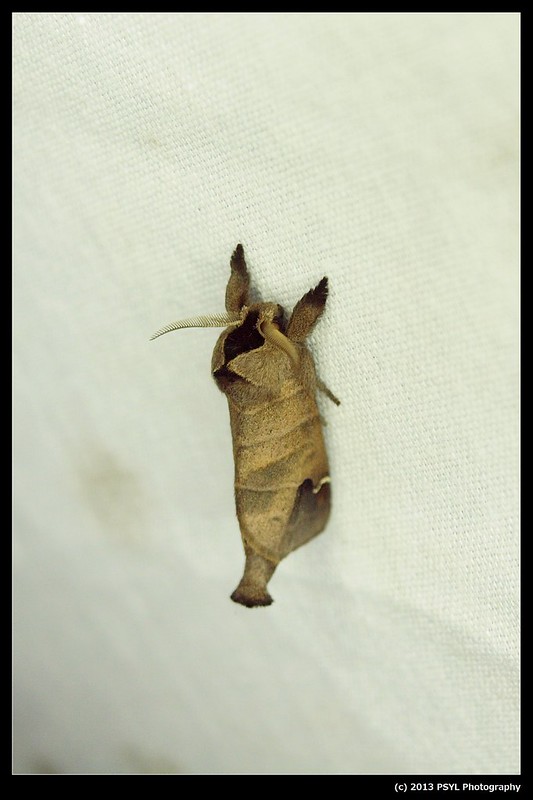
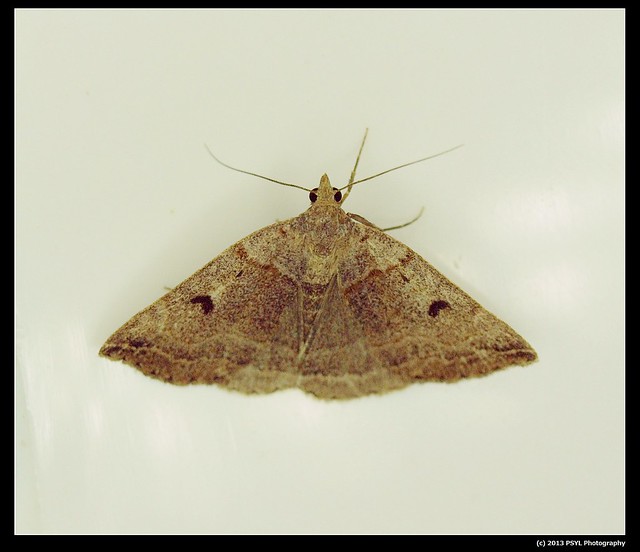
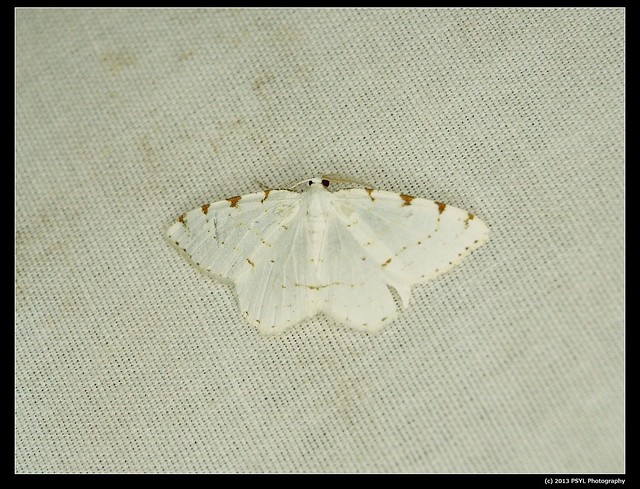
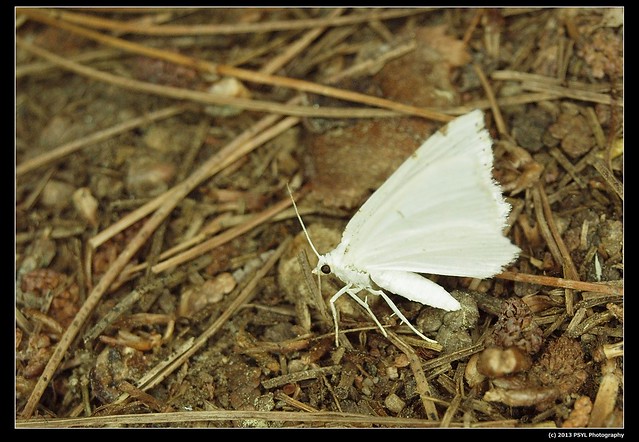
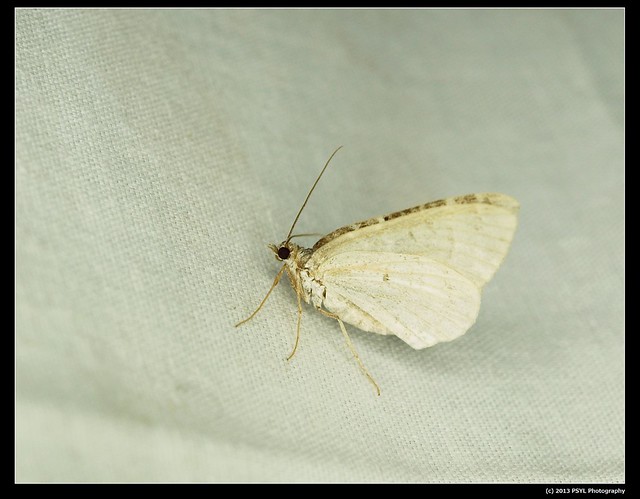
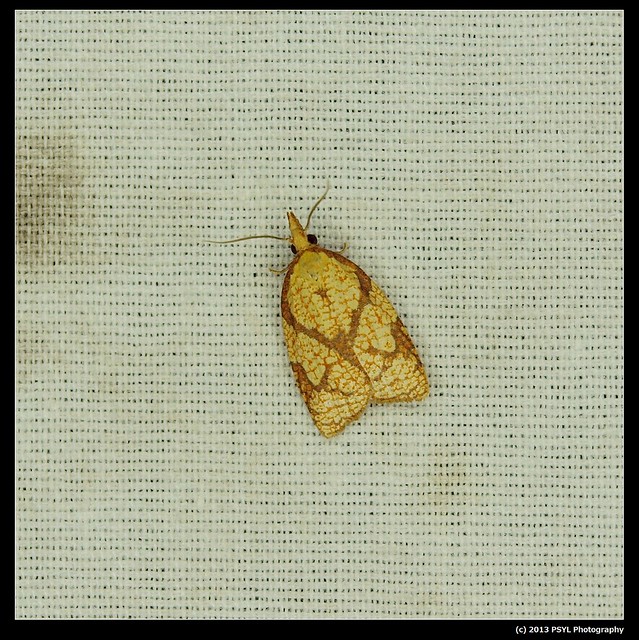
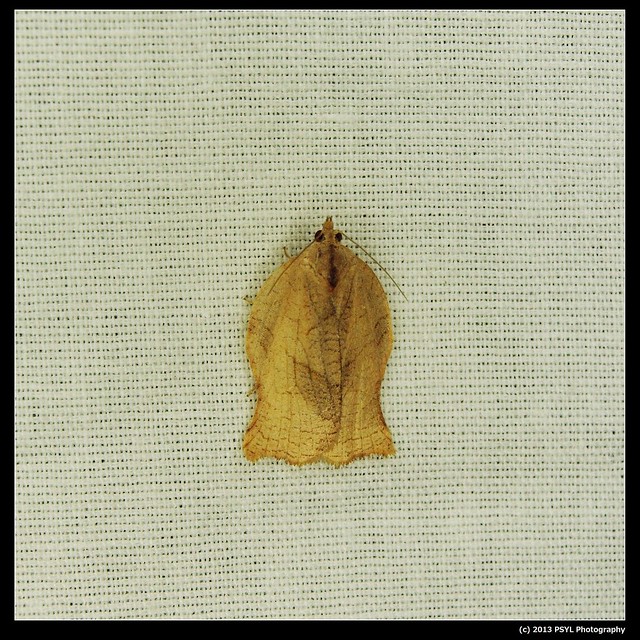
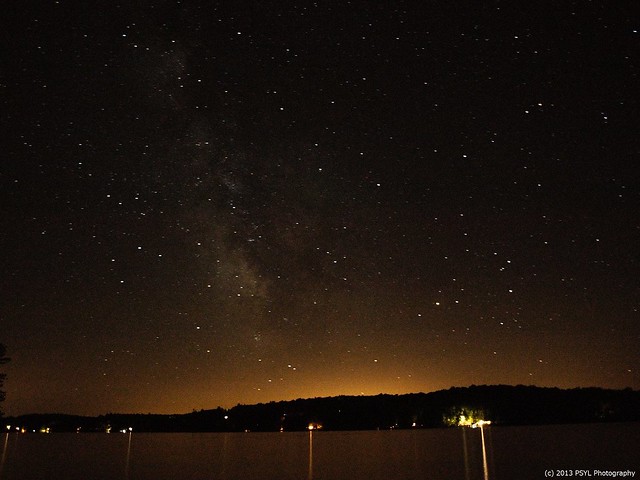
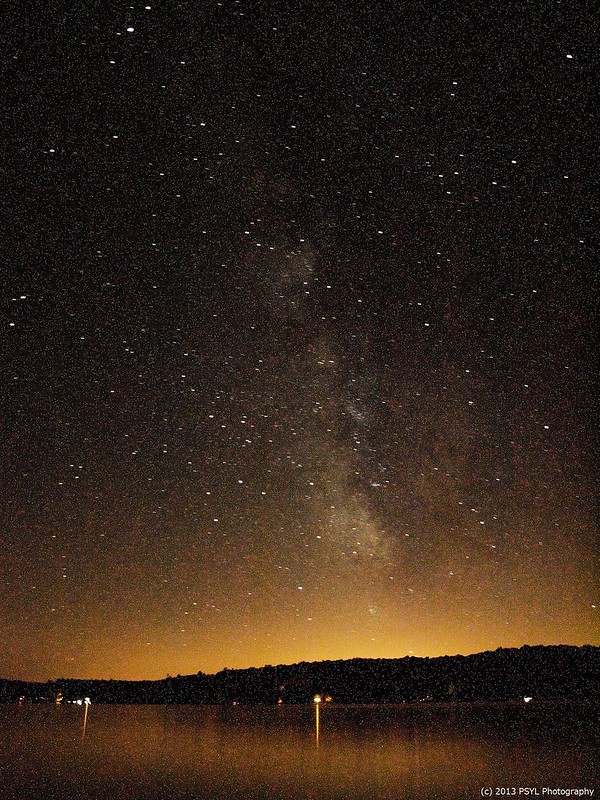

No comments:
Post a Comment